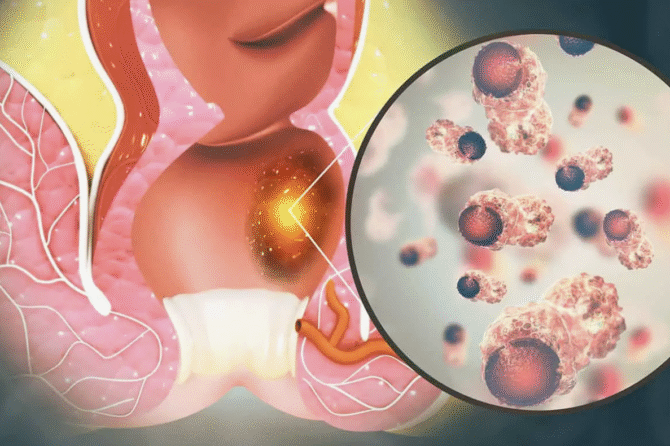
Combined Treatment Approaches for Persistent Hemorrhoids
Combined Treatment Approaches for Persistent Hemorrhoids
Hemorrhoids, also known as piles among the public, are a very common anorectal condition. A significant portion of the population has experienced or is currently dealing with this issue. However, in some patients, hemorrhoids may persist or recur despite treatment, becoming a chronic and unresolved problem. This situation causes both physical and psychological distress. Cases where traditional treatments are ineffective are defined as “persistent hemorrhoids.” Fortunately, combined treatment approaches for such resistant cases are becoming increasingly common today and offer effective solutions.
What Are Persistent Hemorrhoids?
Persistent hemorrhoids are typically classified as stage 3 or 4 and refer to cases that do not improve with conventional drug therapy, creams, rubber band ligation, or laser treatment alone — and may even recur after surgery. In such cases, symptoms continue for a long time and significantly reduce quality of life. Pain, bleeding, swelling, straining during defecation, and itching become chronic issues.
A Single Method May Not Be Enough
Some hemorrhoid cases cannot be treated with a single method. This is because the underlying causes can be complex: genetic predisposition, lifestyle factors, dietary habits, muscle structure issues, or previously failed interventions. For this reason, medications, creams, or laser treatments alone may be insufficient. At this point, combined treatment approaches offer personalized, multidimensional, and long-lasting solutions.
What Are Combined Treatment Methods?
Combined treatment involves applying two or more methods simultaneously or sequentially. For example, hemorrhoid bundles can be reduced with laser, and then the external tags can be removed surgically. In some cases, sclerotherapy (medication injection) is applied into the vessel after laser to enhance its effect. In large and prolapsed hemorrhoids, rubber band ligation (RBL) can be combined with laser treatment. In patients with high anal sphincter muscle tone, Botox injection after laser can relax the muscle and prevent fissure formation. Additionally, supportive therapies such as PRP or mesotherapy may be used to accelerate wound healing after surgery. All of these treatments must be planned specifically for the patient in a center specialized in hemorrhoid management.
Who Is It Suitable For?
Combined treatments are particularly suitable for individuals who have not benefited from other methods. Patients who have experienced recurrence after surgery, individuals diagnosed with advanced-stage hemorrhoids, and those with severe symptoms who want to avoid surgery can greatly benefit from these approaches. Moreover, they are highly advantageous for those who care about aesthetic outcomes and expect a rapid recovery process.
Combined Approach at Avrupa Cerrahi
At Avrupa Cerrahi, we evaluate each patient as a unique case. Our team of physicians, experienced in anorectal diseases, aims to provide the most effective and comfortable solution by using up-to-date technology in laser, surgical, and supportive therapies. Thanks to our advanced diagnostic systems, the degree of hemorrhoids, vascular structure, and muscle tone are thoroughly analyzed, and a personalized treatment plan is developed accordingly. You can schedule an appointment to find out which treatment option is most suitable for you.
Leave a reply
Leave a reply